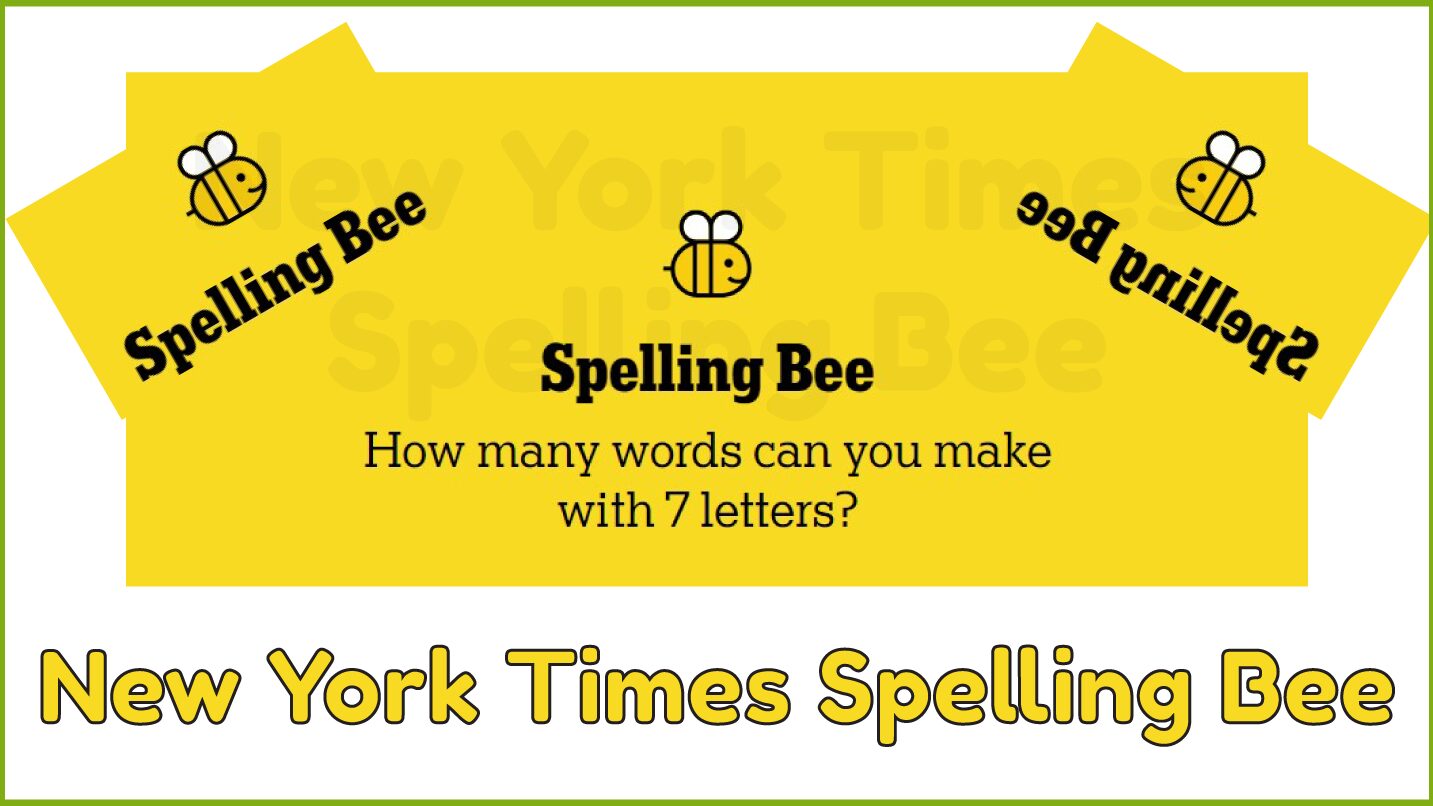To excel in a spelling bee, it is essential to familiarize yourself with the layout of the spelling bee grid. This grid typically consists of letters arranged in a honeycomb-like pattern. Take some time to study the grid and understand how the letters are positioned.
By becoming familiar with the layout, you can quickly identify potential words within the grid. Each letter is connected to multiple others, allowing for various word possibilities. Understanding this interconnectedness will give you an advantage when searching for words.
Read Horizontally, Vertically, and Diagonally
When reading a spelling bee grid, it’s important to explore all possible directions. Instead of restricting your search to horizontal lines only, try reading vertically and diagonally as well. This approach will help you uncover hidden words that may not be immediately apparent.
Start by scanning horizontally across each row, looking for letter combinations that form recognizable words. Then shift your focus vertically and read down each column. Finally, don’t forget to explore diagonal paths that connect different letters.
Reading in all directions increases your chances of finding additional words within the grid. It allows you to capitalize on unique letter arrangements and discover less common or longer words.
Identify Possible Words
As you read through the spelling bee grid, make note of any possible words you come across. Keep track of these potential words by writing them down or mentally memorizing them for future reference.
Don’t worry if a word seems unfamiliar or difficult at first glance; it’s still worth noting down as long as it meets the criteria set by the spelling bee rules (e.g., minimum word length).
Remember that while some words may be commonly used in everyday language, others might be more specific to certain subjects or have an unusual combination of letters. The key is to keep an open mind and consider all possibilities.
Utilize Word Patterns and Clusters
When searching for words in a spelling bee grid, it can be helpful to look for patterns and clusters of letters. Certain letter combinations commonly occur together in the English language, such as “th,” “ch,” or “sh.” These clusters can act as clues to potential words.
By recognizing these patterns, you can quickly identify word possibilities and narrow down your search. Pay attention to repeated letters within the grid, as they often indicate opportunities for forming multiple words.
Practice Regularly
Reading a spelling bee grid effectively requires practice. The more you engage with different grids and challenge yourself to find words within them, the better you will become at spotting potential word combinations.
Set aside dedicated time each day to practice reading spelling bee grids. You can find online resources or apps that provide interactive grids for practice purposes. Make it a habit to solve these puzzles regularly to improve your skills.
NY Times Spelling Bee Information
| Category | Details |
|---|---|
| Game Name | NY Times Spelling Bee |
| Developed by | The New York Times |
| New puzzle time | Varies |
| Year | Varies (Initiated before 2023) |
| Session | 15th December 2023 |
| Recent Answer Updated | |
| NY Times Spelling Bee Forum | Spelling Bee Forum |
| NY Times Spelling Bee Puzzle | NY Times Spelling Bee |
| NY Times Spelling Bee on Google Play | Google Play Store |
| NY Times Spelling Bee on App Store | Apple App Store |

